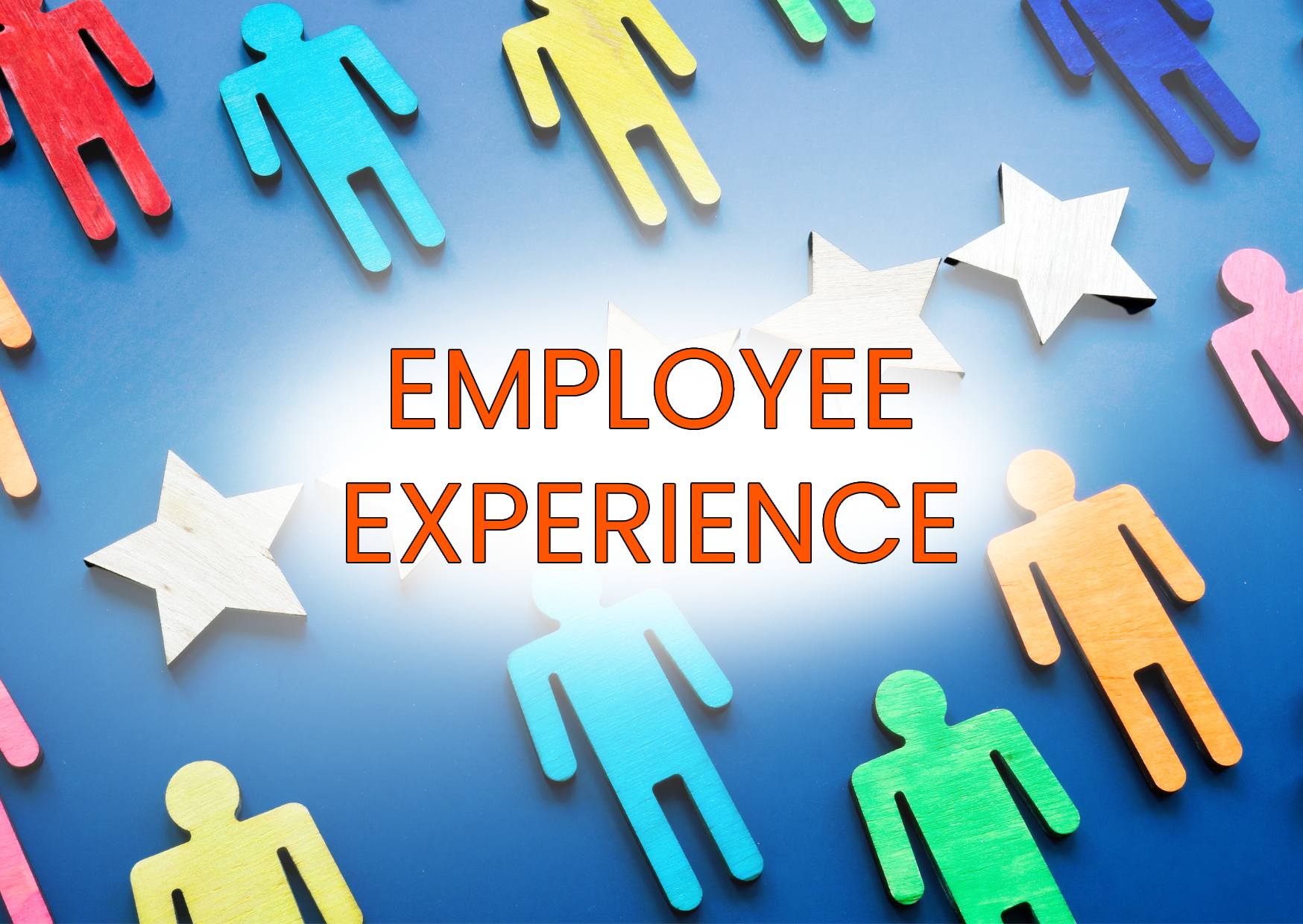Why Employee Experience is the New Competitive Advantage
Welcome to the world where employee experience is becoming increasingly important in today’s business landscape.
It’s the new competitive advantage that organisations can’t afford to ignore.
In an era where remote work, flexible schedules, and fluid roles have become the norm, the classic 9-to-5 is under renovation.
How we work is changing fast, and what keeps employees engaged is also shifting gears.
But what exactly is “employee experience,” and why should you care?
Stick around as we explore its components, its significance, and actionable steps to enhance it in your workplace.
Contents
What is the Employee Experience?
Why is the Employee Experience Important?
10 Ways to Improve the Employee Experience
Measuring the Employee Experience
Challenges with Improving the Employee Experience

What is the Employee Experience?
Think of employee experience as the ongoing relationship between your organisation and your team members.
It’s not just about handing out a wage and calling it a day, it goes way beyond that.
It encompasses everything—right from the moment someone first hears about your company and applies for a job, to the exit interview when they decide to move on.
Picture this. It’s your first day at a new job, and you walk into a cluttered, uninspiring office.
The onboarding process is tedious, and you can’t even find a clean mug for your coffee.
Now, compare this with walking into a vibrant space, being greeted with warmth, and finding a welcome kit on a tidy desk.
You’re not just another cog in the wheel, you’re a valued part of a bigger picture.
employee experience is that bigger picture.
It’s how your employees feel about their workspace, their team, their role, and yes, even the tech tools they use daily.
It shapes how connected, supported, and valued employees feel, influencing everything from performance to wellbeing.
So, the next time you’re wondering why people leave or stay, think about the employee experience you’re offering.
It could be the missing factor you’ve been overlooking.

Why is the Employee Experience Important?
Long gone are the days when a stable wage and basic benefits were enough to keep your team satisfied.
In today’s hyper-competitive marketplace, where talent can easily jump ship to a better offer, employee experience is what sets you apart.
It’s Your Brand, Internally
Your employees are your first and most authentic brand ambassadors.
If they’re not happy, guess what? Neither will your customers be.
A positive employee experience translates to better customer service and a stronger brand reputation.
Boosts Retention
High turnover? That’s yesterday’s news if you nail the employee experience.
People stick around when they feel valued and engaged.
And let’s not forget, the cost of replacing an employee can be expensive.
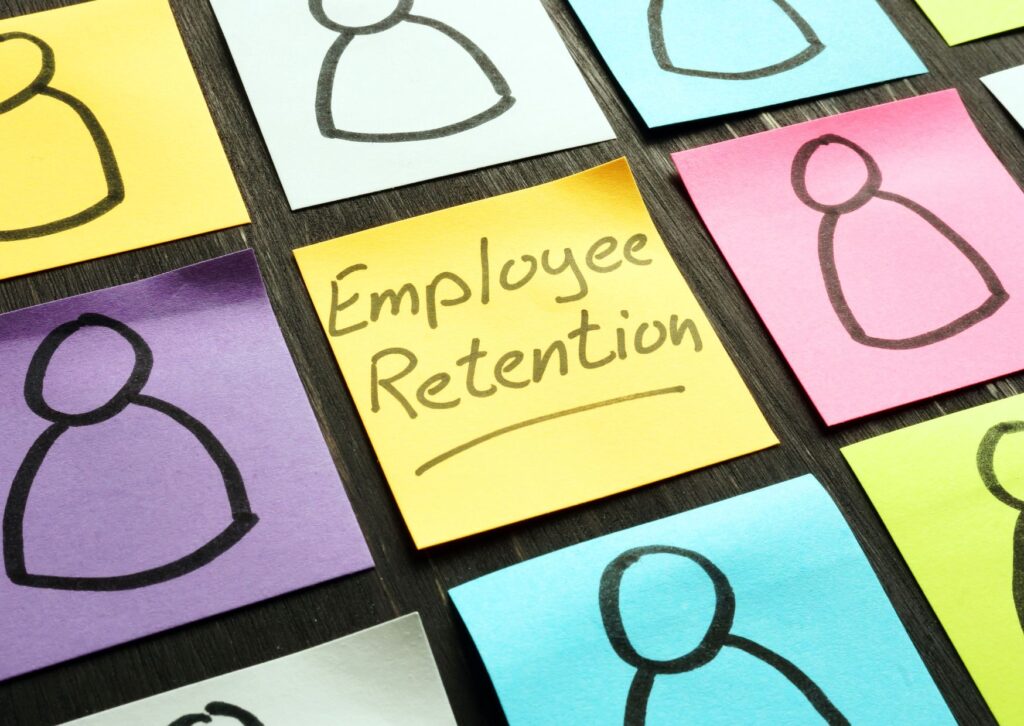
Elevates Productivity
Employees don’t just want to clock in and clock out.
They want to contribute, to feel like their work has purpose.
A fulfilling employee experience can supercharge productivity because a motivated employee is a productive one.
Mental Wellbeing
As a wellbeing speaker, I can’t stress this enough.
A positive employee experience isn’t just good for business, it’s essential for mental health and wellbeing.
A supportive environment can alleviate stress, inspire creativity, and even improve all aspects of wellbeing.
The Competitive Edge
Remember, you’re not just competing in terms of products or services, you’re competing for top talent.
Offering an exceptional employee experience is your ace in the hole for attracting and retaining the best in the business.
If you want to climb to the top and stay there, ignoring employee experience isn’t an option.
It’s the secret sauce that brings everything together, productivity, wellbeing, and yes, your bottom line.

10 Ways to Improve the Employee Experience
So, you’re convinced that employee experience is the way to go. Excellent! But how do you go about enhancing it? Let’s dive into some actionable steps.
1. Prioritise Wellbeing
When employees feel physically and mentally well, they’re more engaged, more productive, and less likely to jump ship.
However, wellbeing is not a one-size-fits-all proposition. It’s about more than just offering a gym membership or an occasional fruit basket in the break room.
Start by really understanding the specific stressors in your workplace. Is it deadlines? Is it the work environment?
Once you’ve got a grasp on this, create targeted programs to address those needs.
Think wellbeing workshops that teach stress management, resilience, and even improving health.
Consider offering employee massages as a regular perk or as a special treat during high-stress periods.
Not only do these services make employees feel valued, but they also give them tools to manage stress and improve their overall wellbeing.

2. Open the Lines of Communication
Communication is like oxygen for employee experience.
Keep those lines open, and your team will breathe easy.
Closed doors and closed minds are the enemies of a positive experience.
Employees need to feel heard and understood. They should be comfortable sharing ideas, raising concerns, or giving feedback without fearing backlash.
Make sure you have various channels for internal communication, be it weekly meetings, one-on-ones, or even an internal chat platform where employees can communicate freely.
These channels should not just be top-down, they should invite dialogue and discussion.
An environment where communication is a two-way street makes employees feel part of a team, rather than just a cog in a machine.
3. Offer Career Development Opportunities
People don’t just want jobs, they want careers.
That means a clear path for growth and development.
Regular training programs, mentorship opportunities, and even simple things like book clubs focused on professional development can go a long way.
When employees see that you’re investing in their growth, they’re far more likely to invest their time and talents back into the company.
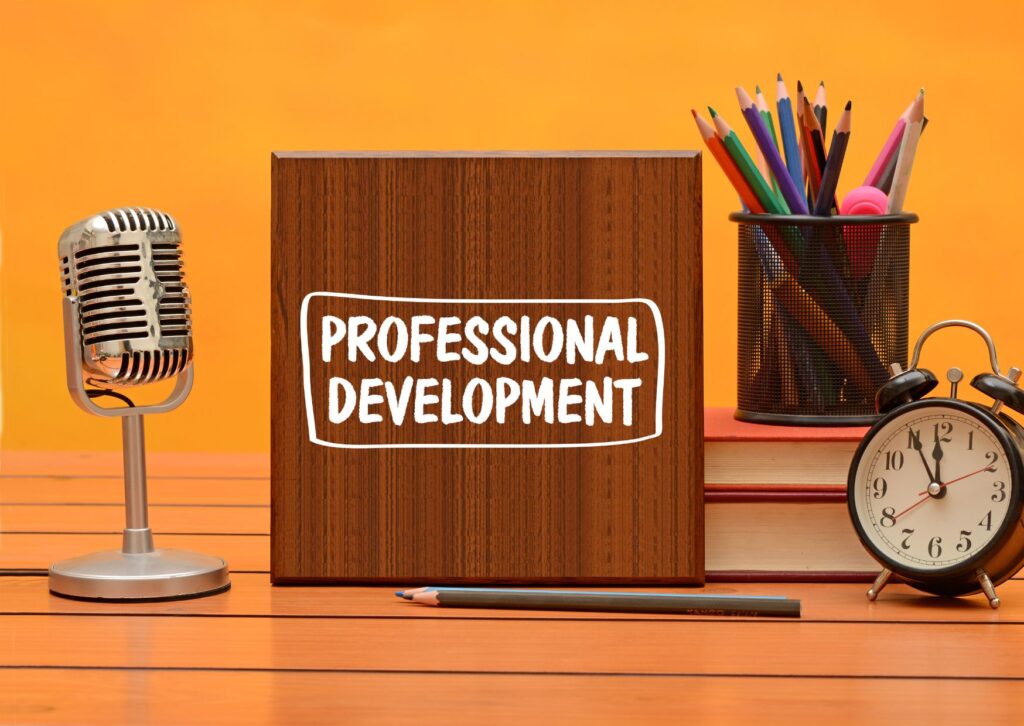
4. Embrace Flexibility
If the pandemic has taught us anything, it’s that flexibility isn’t just a perk, it’s a necessity.
Some employees are morning people, some are night owls.
Some need the buzz of the office, while others work best from the quiet of their homes.
Embracing this diversity in work habits can be a major boon for employee experience.
Consider introducing flexible hours or a remote work policy that allows your team to perform at their best, wherever they are most productive.
5. Recognise and Reward Efforts
Recognition is the fuel for motivation.
When employees feel that their hard work goes unnoticed, morale takes a hit.
On the other hand, a simple ‘thank you’ or a shout-out in a team meeting can make all the difference.
Go a step further by implementing a formal recognition program, maybe an “Employee of the Month” award or even smaller weekly acknowledgments.

6. Craft Meaningful Work
We all want to be part of something bigger, to feel like our work has a purpose.
Employees are no different. Craft job roles that allow them to contribute in a meaningful way.
Break the monotony by offering project rotations or cross-training.
The more connected an employee feels to the mission, the better their experience will be.
7. Cultivate a Sense of Community
Belonging is a basic human need, and the workplace is no different.
People want to feel part of a community, not just a workforce.
Foster this by creating spaces for social interaction, both online and offline.
Consider hosting regular team-building activities, from simple coffee breaks to outdoor adventures.
These interactions build rapport and trust, making the workplace a more enjoyable environment.
A close-knit team not only works better together but also communicates more openly, boosting the overall employee experience.

8. Equip Teams with the Right Tools
Nothing is more frustrating than being asked to do a job without being given the right tools.
Whether it’s outdated software, a slow computer, or a lack of proper training, these hindrances can significantly harm the Employee Experience.
Take the time to evaluate the technology and tools you’re offering.
Are they up to date?
Are they user-friendly?
Do they make your employees’ jobs easier or more complicated?
Make the necessary investments to ensure your team has what it needs to succeed.
9. Maintain Work-Life Balance
In today’s world of constant connectivity, maintaining a healthy work-life balance is harder than ever.
However, it’s crucial for an exceptional employee experience.
Avoid glorifying the “always-on” culture.
Encourage your employees to take time off, truly disconnect, and recharge their batteries.
Make it clear that overtime is the exception, not the norm.
A well-rested, well-balanced employee is more engaged, more productive, and generally happier.
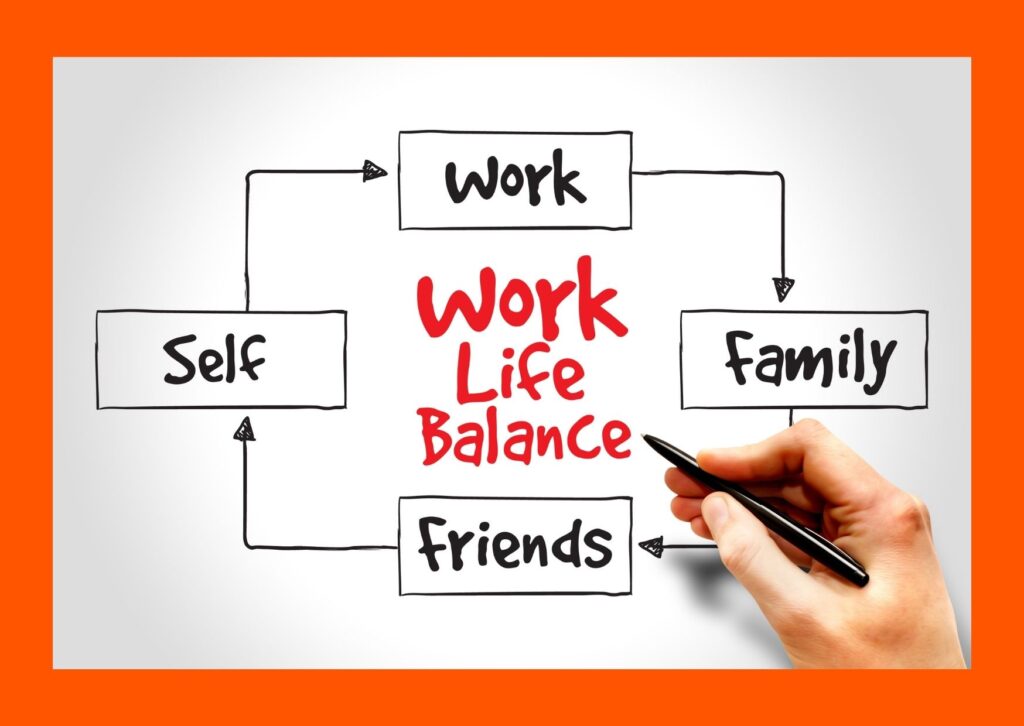
10. Regularly Solicit and Act on Feedback
Last but certainly not least, let’s talk about feedback.
It’s one thing to implement changes you think will improve employee experience, but how will you know if they’re working unless you ask?
Conduct regular surveys or even just casual one-on-one check-ins to get a sense of how employees are feeling.
Take that feedback seriously and act on it.
It sends a powerful message to your employees that their voices are heard and valued.
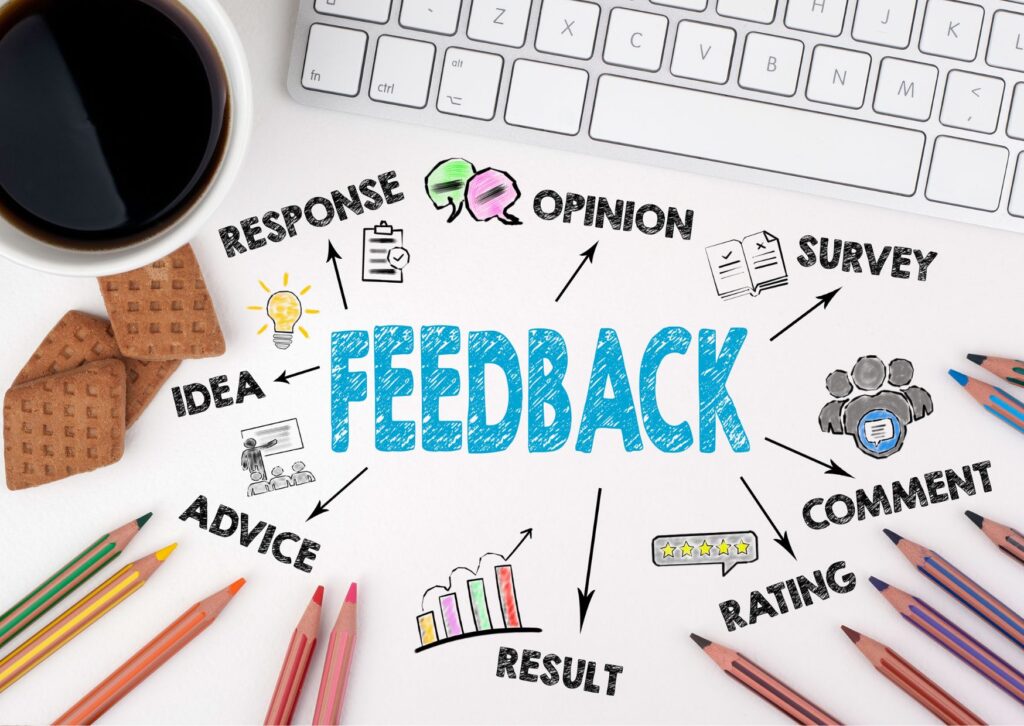
Measuring the Employee Experience
Okay, you’ve put all these fantastic strategies into action. High fives all around!
But now comes the crucial part: measuring their impact.
After all, what gets measured gets managed.
So how do you go about gauging the effectiveness of your employee experience initiatives?
Surveys and Questionnaires
The most straightforward method is, of course, to ask your employees.
Surveys and questionnaires can provide invaluable insights into how your team is feeling.
Whether it’s a simple Net Promoter Score (NPS) survey that asks how likely they are to recommend your company as a place to work, or a more detailed questionnaire about specific aspects of their experience, these tools can offer quantifiable data to assess your efforts.

Exit Interviews
When an employee leaves, it’s a golden opportunity to gain insights into your employee experience.
Ask pointed questions about why they’re leaving, what they liked, and what they didn’t.
This feedback can be eye-opening and provide areas for improvement you may not have considered.
Key Performance Indicators (KPIs)
Certain KPIs can offer clues about the state of your employee experience.
Metrics like turnover rate, absenteeism, and even productivity levels can be telling signs.
If you’re seeing a drop in absenteeism and a spike in productivity, chances are, you’re on the right track.
Direct Observation
Sometimes, you don’t need to look further than your own office.
Are people enthusiastic and engaged, or do they seem disinterested?
The general atmosphere and mood can say a lot about the employee experience you’re providing.
Employee Reviews
Online platforms where employees can anonymously review companies offer a treasure trove of information.
These can give you a peek into how current and former employees view their experience, which can be especially valuable since people often feel freer to speak their minds anonymously.
Remember, measuring the employee experience is not a one-and-done deal.
It’s an ongoing process that needs regular attention to adapt, improve, and stay relevant.
Keep your finger on the pulse, and you’ll not only keep your team happy but also stay ahead in the ever-competitive talent marketplace.

Challenges with Improving the Employee Experience
Alright, so we’ve talked about what employee experience is, why it’s crucial, and how to improve and measure it.
But let’s be real for a moment, none of this is a walk in the park.
There are challenges along the way, and knowing what they are can prepare you to tackle them head-on.
So let’s look into some of the common challenges you might encounter.
Resource Constraints
Often, the most effective employee experience initiatives require an investment of time, effort, and yes, money.
For small companies or those with tight budgets, this can be a significant challenge.
However, it’s essential to look at these initiatives as long-term investments rather than immediate costs.

Resistance to Change
Humans are creatures of habit, and changes can often be met with resistance. Even good ones.
It’s crucial to manage this change effectively, communicating the reasons and expected benefits clearly to get buy-in from your team.
Change management is an art in itself, but it’s critical for improving the employee experience.
One Size Doesn’t Fit All
What works for one person may not work for another.
Cultural differences, personal preferences, and unique job roles can all impact how well an employee experience strategy is received.
Customisation is key but also requires a greater level of complexity in planning and implementation.
Short-term vs. Long-term Goals
Many companies focus on quick wins to prove the effectiveness of their initiatives.
While this isn’t a bad approach, employee experience is a long game.
It can be a challenge to balance immediate needs with the long-term vision for your employee experience strategy.
Data Overload
With surveys, interviews, KPIs, and more, it’s easy to become overwhelmed by the sheer amount of data available.
Knowing what to focus on, how to interpret it, and then how to turn it into actionable insights is a big challenge.
Management Buy-In
Unfortunately, not every member of the leadership team may understand the value of investing in employee experience.
Demonstrating the ROI and getting buy-in from decision-makers can sometimes be an uphill battle.
Improving the employee experience is undoubtedly challenging, but it’s far from impossible.
By understanding and preparing for these obstacles, you’ll be better equipped to navigate them successfully.
And remember, the rewards mean a more engaged, productive, and loyal workforce which are well worth the effort.

Focusing on employee experience isn’t just a trendy HR initiative, it’s a necessity in today’s competitive business landscape.
It’s a journey filled with both challenges and opportunities, but one that pays significant dividends for your team and business.
Implementing these strategies might take time and resources, yet the return means increased engagement, better retention, and a happier, more productive workforce.
Now is the perfect time to start investing in your most valuable asset: your employees.
Author
Tyler Lowe – Health & Wellbeing Speaker
BSc Sport & Exercise Rehabilitation


